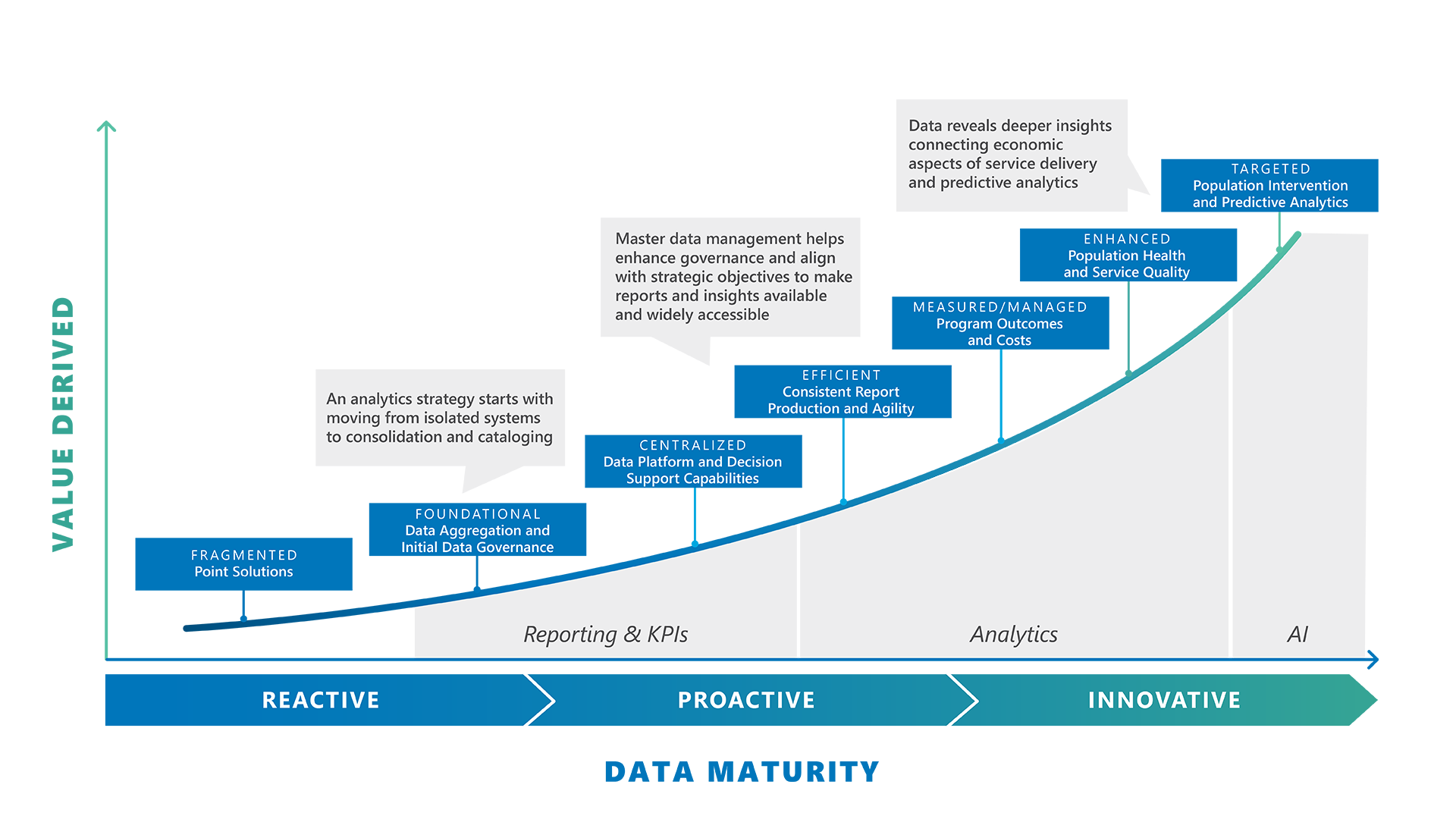How we help

CHA Leverages Resultant’s Data Assessment to Save Over $2M Annually

Our team has 25 years of experience driving better patient outcomes and business operations. Talk to us.
Operational inefficiencies cost more than just dollars.
Staffing Shortages
Unpredictable workloads, insufficient coverage, and last-minute scrambling reduce care quality and are leading causes of chronic stress and exhaustion.
Staffing shortages contribute to many other operational inefficiencies: long waits, extended stays, readmission penalties, and more.
Predictive staffing proactively anticipates patient demand to avoid reactive firefighting when crises hit.
Care Quality Shortfalls
Specialized staff working below their licensure can’t direct full attention to the patients that need them most. Systems that don’t talk to each other delay connections that can better inform care.
Likewise, unoptimized EDs, ORs, imaging, and labs result in patients waiting for the care they need.
Predictive models can identify care demands and patient risks, enabling earlier, more effective preventative intervention.
Financial Waste
Avoidable readmissions reduce reimbursement and can trigger penalties. Poor discharge planning increases length of stays, using resources without adding revenue.
Meanwhile, temporary staff and overtime pay increase labor costs. Empty beds and idle ORs generate no income.
Predictive, AI-powered analytics bring efficiencies; even small boosts compound into big savings.
Transforming an organization requires a partner who can both develop a strategy and execute it to create value

Data-driven insights streamline operations, improve patient outcomes and employee satisfaction, and increase revenue through decreasing costs.
FAQs
No. We are based in Indianapolis, IN and Dallas, TX, and all our consultants are in the United States. Likewise, your healthcare data stays in the U.S. and meets all security and compliance requirements.
This is a common challenge in health care. We start with a quick data quality assessment to understand what data you have and how reliable it is. We then build executive dashboards focused on the metrics that matter most, like revenue cycle performance, patient volumes, service line profitability, and quality scores. Most importantly, we help you establish processes to maintain data quality going forward, so you can trust your metrics and make confident decisions about your business. The key is starting small, proving value quickly, and building from there.
We take a practical approach to AI, first evaluating your data quality and current processes to identify the best opportunities for automation and advanced analytics. Common starting points include:
We specialize in helping health care organizations standardize and integrate data after M&A. Our approach includes mapping data from different systems, creating consistent metrics across facilities, building automated reporting solutions, and establishing scalable processes for future acquisitions. We've helped clients reduce post-merger reporting time by 50% while improving data accuracy.
Using historical and current data and predictive analytics, we help you better match staffing to patient demand. We create dashboards that show real-time capacity metrics, predict upcoming bottlenecks, and identify opportunities to improve workflow efficiency. This helps reduce overtime, improve staff satisfaction, and maintain quality of care.
Most clients see initial results within eight to twelve weeks, varying with the scope of work. We focus on quick wins that demonstrate value while building toward longer-term transformation. ROI varies by project but typically includes reduced operating costs, improved revenue capture, and staff time savings. We'll work with you to define clear success metrics at the start of any engagement.

What Data Means for the Future of Pediatric Hospitals
Connect
Insights delivered to your inbox






